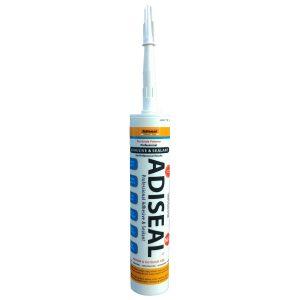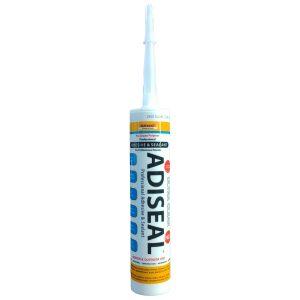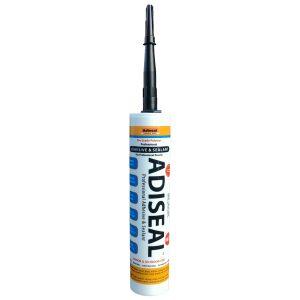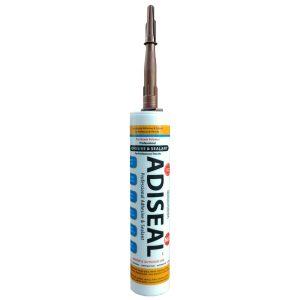Underwater Adhesive
Underwater Adhesive: Unleashing the Power of Bonding in Water
Underwater adhesive is a revolutionary product designed to provide reliable bonding solutions for submerged applications. In this article, we will delve into the world of underwater adhesive, exploring its unique features, applications, and benefits. Discover how this remarkable adhesive enables secure and long-lasting bonds in challenging underwater environments.

The Strength of Underwater Adhesive
1. Unmatched Performance in Water:
– Underwater adhesive excels in providing exceptional bonding capabilities even when submerged in water.
– Its unique formulation enables strong adhesion, creating reliable bonds in underwater conditions.
2. Versatility and Applications:
– This adhesive finds extensive use in various underwater applications, catering to diverse industries and projects.
– It is commonly employed in marine repairs, swimming pool maintenance, aquarium installations, and underwater construction.
Benefits and Features
1. Superior Water Resistance:
– The adhesive boasts remarkable resistance to water and moisture, ensuring optimal performance in submerged environments.
– It effectively seals gaps and prevents water intrusion, maintaining the integrity of the bonded materials.
2. Quick Curing and Setting:
– The adhesive is engineered to have rapid curing and setting times, allowing for efficient and timely project completion.
– Its fast-drying properties minimize downtime and improve productivity.
3. Durability and Longevity:
– It is designed to withstand the harsh conditions of underwater environments, including pressure, temperature fluctuations, and chemical exposure.
– It delivers long-lasting adhesion, ensuring the durability and integrity of the bonded materials over time.
4. Flexibility and Adaptability:
– The adhesive offers excellent flexibility, allowing it to conform to irregular surfaces and accommodate movement.
– It maintains its adhesive strength even in dynamic underwater environments.
Considerations for Usage
1. Surface Preparation:
– Thoroughly clean and dry the surfaces to be bonded before applying the underwater adhesive.
– Remove any dirt, grease, or debris to ensure optimal adhesion.
2. Application Techniques:
– Follow the manufacturer’s instructions for proper application techniques, such as using a brush, spatula, or dispenser.
– Apply the adhesive evenly, ensuring full coverage of the bonding surfaces.
3. Curing and Setting:
– Allow sufficient curing time as recommended by the manufacturer before exposing the adhesive to water.
– Follow the specified cure time to ensure maximum bonding strength and durability.
Conclusion
Underwater adhesive is a game-changer in the field of bonding for underwater applications. With its superior water resistance, quick curing time, durability, and flexibility, it provides a reliable solution for creating strong bonds beneath the surface. Whether you’re repairing a marine structure, installing an aquarium, or undertaking an underwater construction project, the adhesive delivers unmatched performance and longevity. By following proper surface preparation and application techniques, you can harness the power and achieve secure and enduring bonds in challenging underwater environments.
Showing all 5 resultsSorted by popularity




